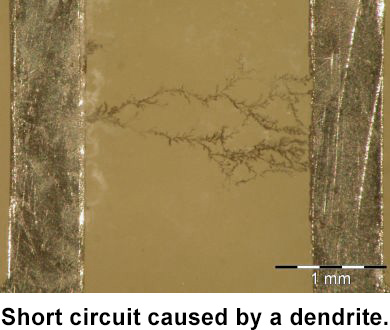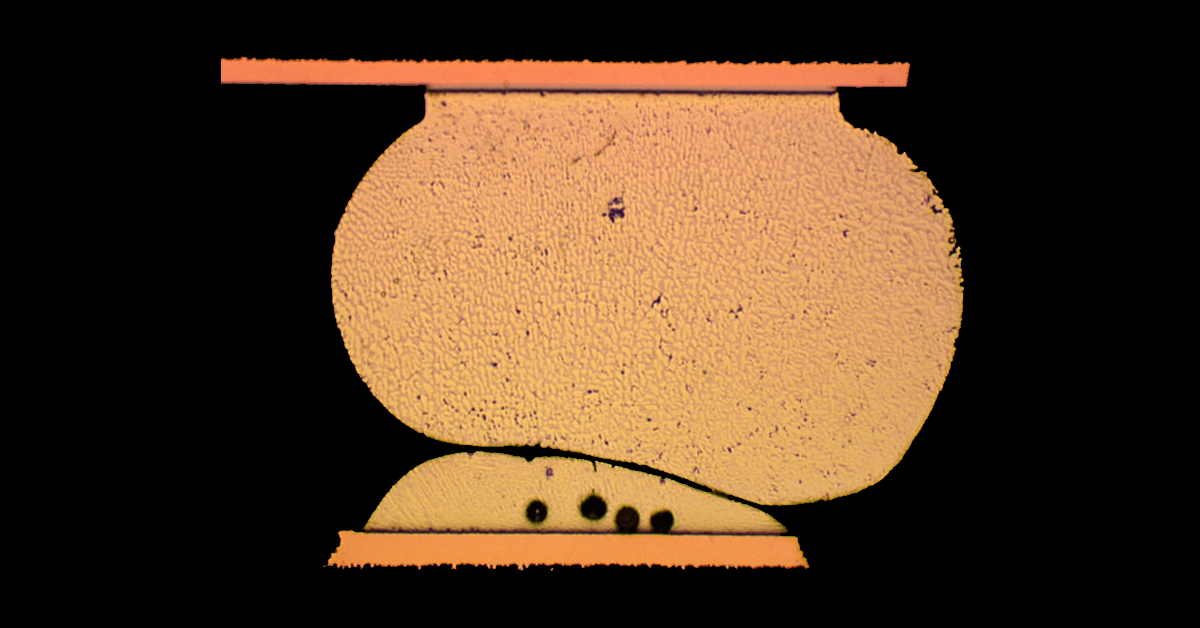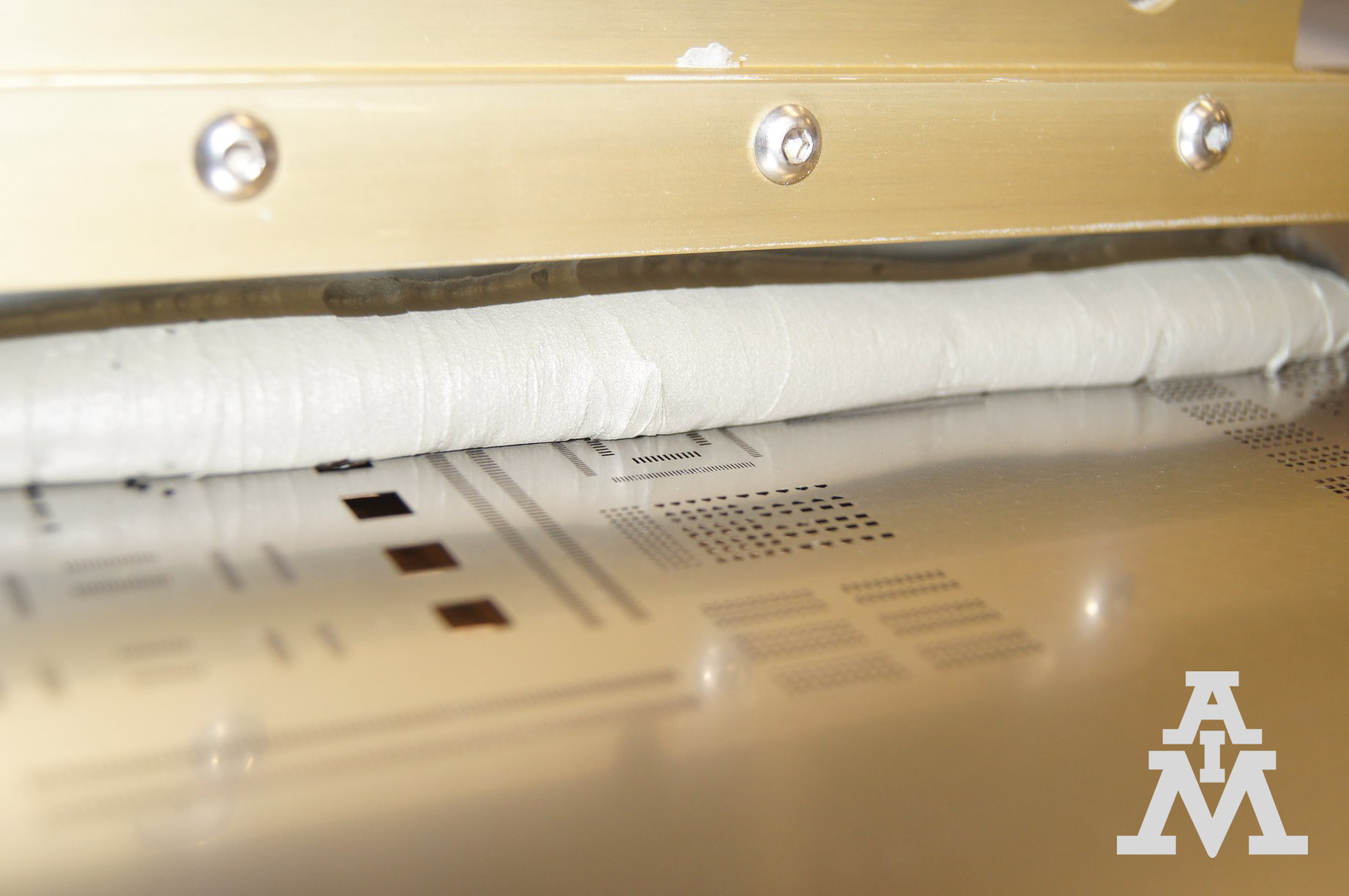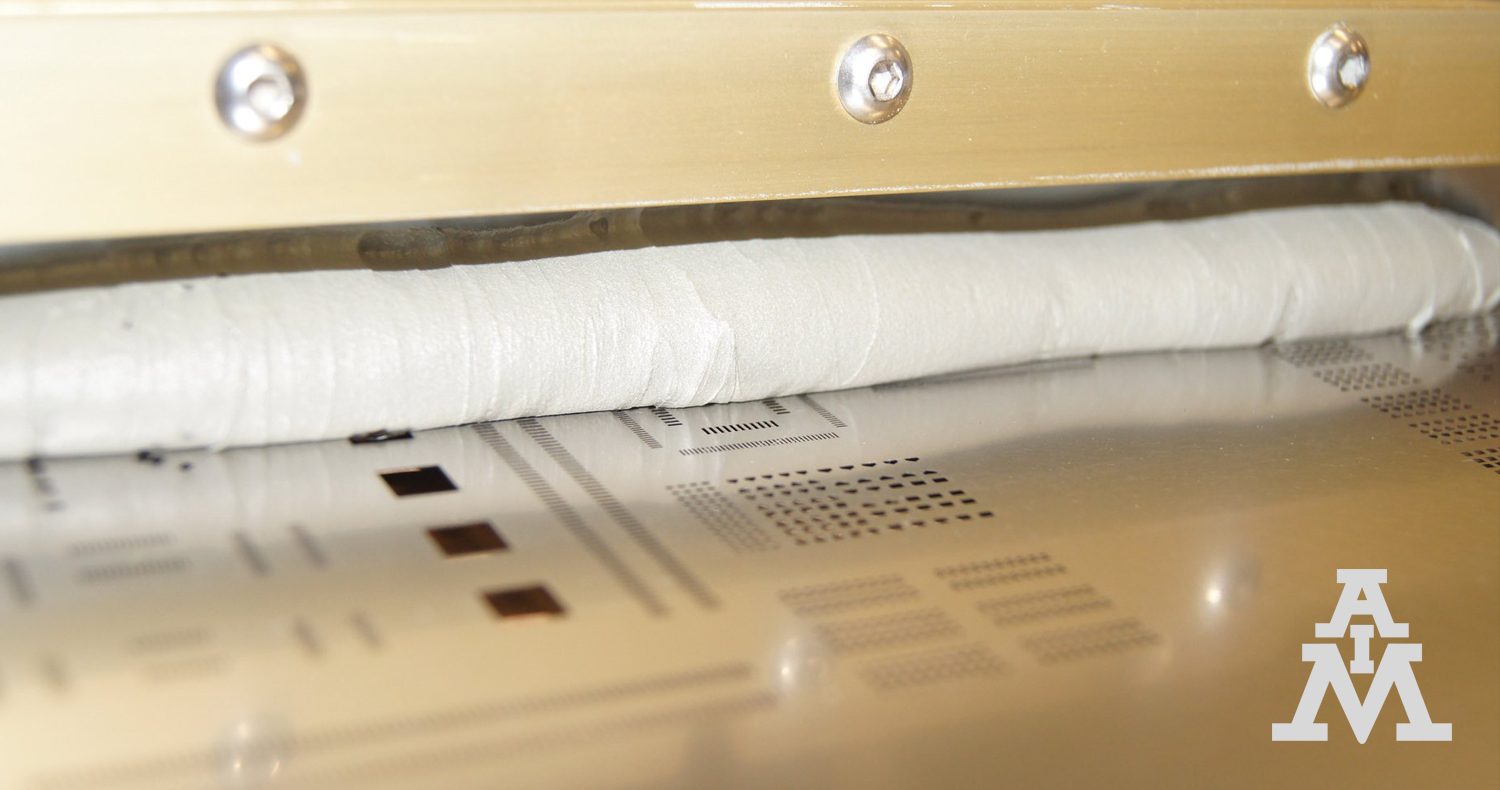ABSTRACT Implementation of low-temperature solders has been a subject of considerable interest for many consumer electronics manufacturers. Low-temperature solders represent a significant material and process cost advantage over traditional silver-bearing and low-silver alloys. Bismuth-containing alloys enable low-melting temperatures; therefore, if the mission profile of an assembly tolerates the limitations of bismuth-containing low-temperature solders, implementation is favorable.
An overlooked application in implementing low-temperature alloys is rework. The inherent brittleness of bismuth inhibits the manufacturing of fluxed cored wire. An approach to overcome this limitation is to use a high- bismuth solid wire solder with an external flux. This approach introduces challenges associated with implementing new materials and training operators on new rework techniques. Another approach is to use traditional tin (Sn)/ silver (Ag)/ copper (Cu) (SAC) flux cored wire solder to...










